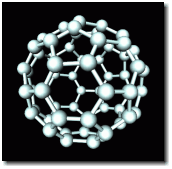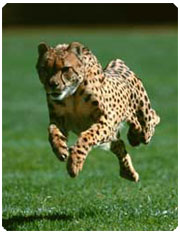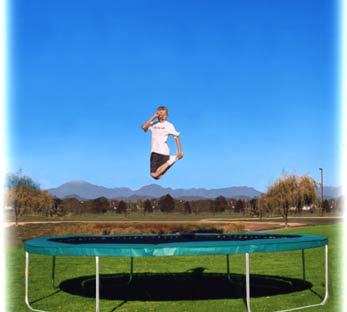 Making
Matter.
Making
Matter.Topic 1: Matter and Energy
a) What is matter? (Properties, descriptions, examples)
Matter is anything that has mass and volume. The properties of matter are color, mass; volume, texture, transparency, flammability, and taste are a few of the many properties of matter. Color, texture, shape, and mass can be observed or measured without changing the composition of matter. Properties such as these are called Physical Properties. States of matter are solid, liquids, and gases are the three states of matter.
3D picture of
matter.
Main Properties of matter are:
|
Property |
Description
|
Example |
|
Electrical conductivity |
Ability to carry electricity |
Copper is a good electrical conductor, so it is used in wiring. |
|
Heat
conductivity |
Ability to transfer energy as
heat |
Aluminum is a good heat
conductor, so it is used to make pots and pans. |
|
Density |
Mass-to-volume ratio of a substance; measure of how tightly
matter is “Packed” |
Lead is a very dense material, so it is used to make sinkers for
fishing line. |
|
Melting Point |
Temperature
at which a solid changes state to become a liquid |
Ice
melts to liquid water at the melting point of water. |
|
Boiling
point |
Temperature at which a liquid boils and
changes state to become a gas at a given pressure |
Liquid water becomes water vapor at the
boiling point of water. |
|
Index of refraction |
Extent to which a given material bends light passing through it |
The index of refraction of water tells you how much light slows
and bends as it passes through water. |
|
Malleability |
Ability to be hammered or beaten into thin sheets |
Silver is quite malleable, so it is used to make jewelry. |
Ductility
|
Ability
to be drawn into a thin wire |
Tantalum
is a ductile metal, so it is used to make fine dental tools |
b) How do matter and energy interact? (Forms of energy, how mass and energy relate, how matter changes)
We know that Energy plays a big row in Chemistry. Energy is a broad concept, but a good basic description is that energy is the capacity to move or change matter. Two energies play a big row in how matter and energy interacts. Kinetic Energy: energy that moving objects posses by virtue of their motion. The other kind of energy is called Potential Energy: is energy an object possesses because of its position. Those are the two main kinds of energies that matter interacts with.
 An example of kinetic energy is the kinetic energy of a cheetah chasing
its prey can be calculated if you know the cheetah’s velocity and mass.
To find out the kinetic energy you can use the following formula.
An example of kinetic energy is the kinetic energy of a cheetah chasing
its prey can be calculated if you know the cheetah’s velocity and mass.
To find out the kinetic energy you can use the following formula.
KE = (1/2)mv2
|
KE = Energy (in Joules)
| m = mass (in kilograms)
| v = velocity (in meters/sec) |

An example of potential energy is if you
have a trampoline and before you jump on it, it is neither stretched nor
compressed. When the trampoline is compressed which gives it potential
energy. Then when the potential energy decreases it sends you flying up
into the air. When the trampoline is stretched it gives it potential
energy. Then when I move back and forth to make you fly it potential
energy decreases.
c) How is matter classified? (Mixtures and pure substances, elements, compounds)
Matter can be classified as either a pure substance or a mixture. A pure substance is matter made of only one kind of atom or molecule. Carbon dioxide, hydrogen, and copper are all examples of pure substances. A mixture is a collection of two or more pure substances physically mixed together that cannot be represented by a chemical formula. Mixtures can be classified as heterogeneous or homogeneous.
A Homogeneous Mixture is one in which the substance are uniformly distributed. Gasoline, syrup, and saltwater are homogeneous mixtures. Homogenous mixtures that consist of substances mixed on the scale of individual particles are called solutions. Gasoline, tea, and saltwater are all solutions, for example.
A Heterogeneous Mixture is a mixture that can take many forms. For example water mixed with oil and oil with vinegar are two-phase, heterogeneous mixtures. Elements are the simplest pure substances because they contain only one kind of atom. Compounds are two or more different elements that are chemically combined.